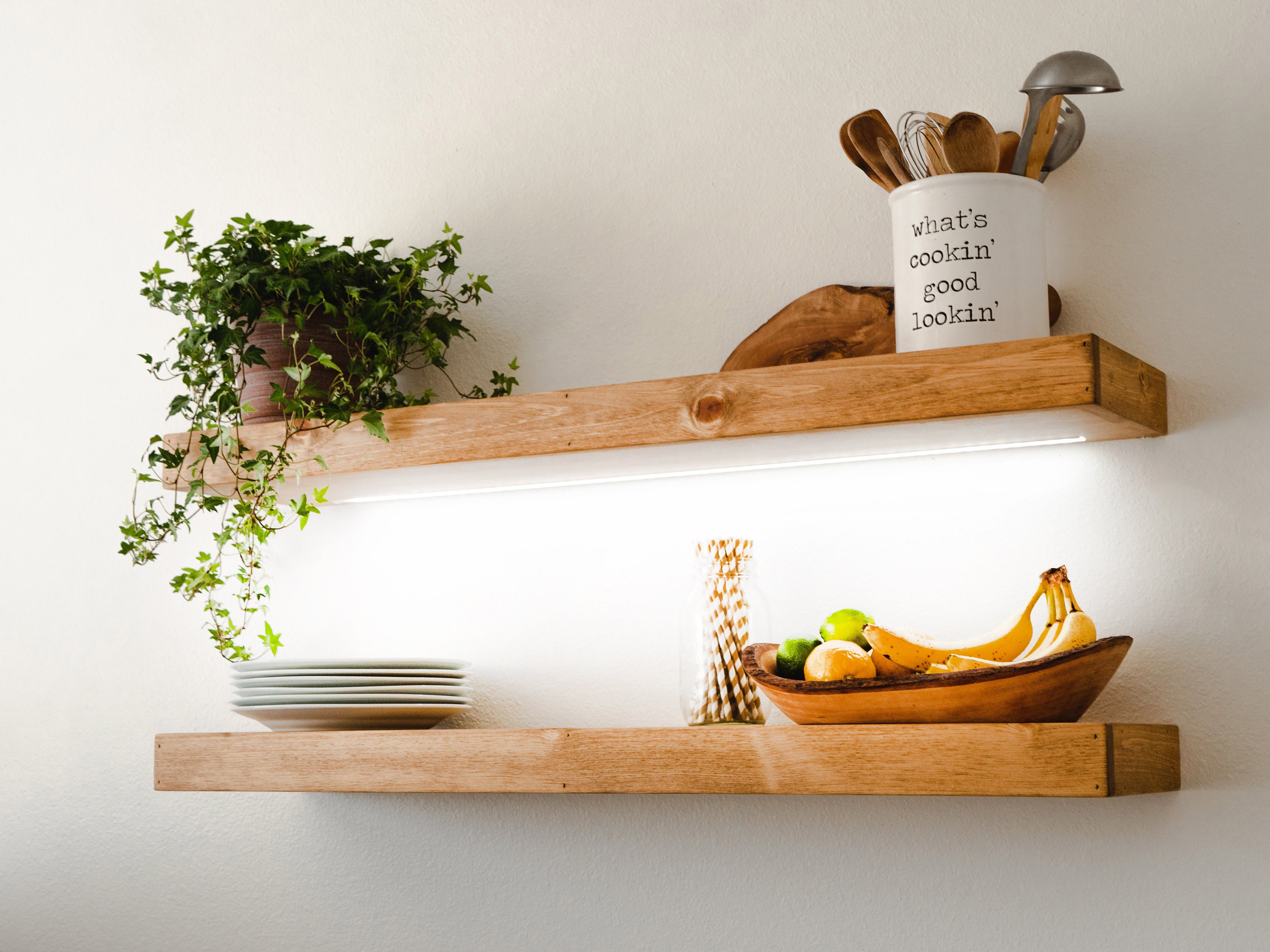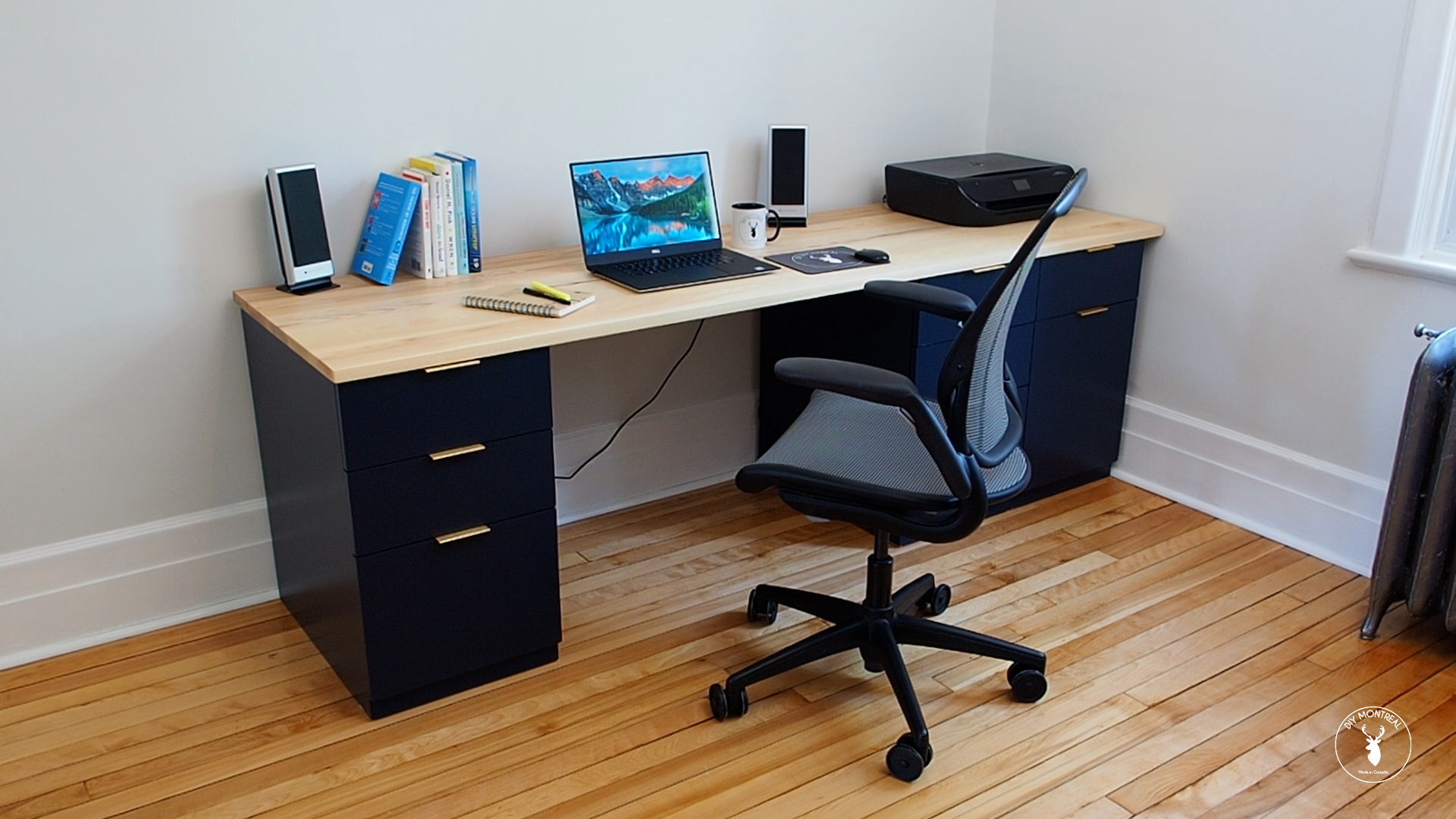
Unlocking Gift-Giving Potential: Crafting and Selling Custom Key Racks
In a world overflowing with generic gifts, it’s the personalized touches that truly resonate. Enter the realm of custom key racksâ€"an ingenious fusion of practicality and aesthetic appeal that makes for a thoughtful and enduring present. Whether you’re looking to start a side hustle or simply elevate your gift-giving game, this guide will equip you with the knowledge and inspiration to craft and sell key racks that leave a lasting impression.
The Allure of Custom Key Racks
Why are custom key racks such a hit? It’s simple: they cater to individual tastes and needs. Imagine a key rack crafted specifically for a friend’s love of vintage travel posters, or a personalized design for a new homeowner celebrating their first abode. These aren’t just key holders; they’re mini-works of art that speak to the recipient’s personality.
Choosing Your Key Rack Niche
The world of custom key racks is your canvas. Do you gravitate towards rustic farmhouse aesthetics? Perhaps modern minimalism is your forte? Or maybe you’re drawn to the whimsical charm of handmade crafts? Identify your niche to craft a unique brand identity and attract a targeted customer base.
Material Magic
From reclaimed wood to polished metal, explore diverse materials to match your niche. Consider factors like durability, cost, and aesthetic appeal. For example, a rustic key rack might feature reclaimed barn wood, while a contemporary design could incorporate sleek stainless steel.
Design Delights
Think beyond the conventional. Let your creativity flow with unique designs:
- Incorporate elements like coat hooks, mail slots, or even small shelves for added functionality.
- Experiment with different shapes, from traditional rectangular designs to whimsical animal silhouettes.
- Embrace customization through personalization: engraved names, initials, or even favorite quotes add a personal touch.
Crafting Your Key Rack Masterpieces
Armed with a design and materials, it’s time to bring your vision to life. Here’s a step-by-step guide:
1. Cut and Shape
Carefully measure and cut your chosen material to your desired dimensions. Use appropriate tools like saws, sanders, and drills to ensure precise results.
2. Attach Hooks and Hardware
Securely mount key hooks, coat hooks, or other desired hardware. Consider using strong adhesives, screws, or brackets for a durable finish.
3. Personalize with Flair
Embellish your key rack with personalized touches. Engraved names, initials, or decorative elements add character and make your creations truly unique.
4. Sand and Finish
Smooth any rough edges and apply a protective finish to enhance the look and durability of your key rack. Options range from natural oils to painted finishes, depending on the material and aesthetic.
Marketing and Selling Your Creations
With stunning key racks ready to go, it’s time to capture your target audience. Here’s how to market and sell your creations:
1. Photography Perfection
Showcase your key racks in captivating photographs. Use high-quality lighting and focus on showcasing unique details, personality, and functionality.
2. Online Marketplaces
Embrace online platforms like Etsy, Shopify, or even social media to reach a wider audience. Build a professional online presence with compelling product descriptions, high-resolution images, and clear pricing.
3. Local Events and Fairs
Connect with potential customers in person at local craft fairs, farmers’ markets, or community events. Engage with visitors, showcase your craftsmanship, and build relationships.
4. Word-of-Mouth Magic
The power of word-of-mouth cannot be underestimated. Encourage satisfied customers to spread the word about your unique creations. Offer referral programs or discounts to incentivize positive reviews and recommendations.
Unlocking Your Success
Crafting and selling custom key racks is a journey of creativity, entrepreneurship, and connecting with others through personalized gifts. By combining a passion for design, meticulous craftsmanship, and smart marketing, you can unlock a world of possibilities, turning your passion into a successful venture.




















